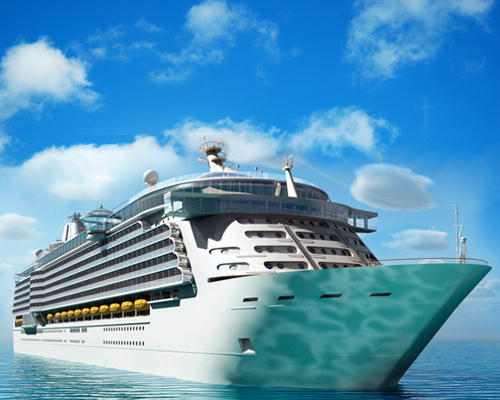Ships and buoyant structures are usually complex, and made of strongly thick deck, intermediate decks, bulkheads, frames, robust bottom plates, etc. The design should be such that they can self-sustain in their environment with high level of dependability for a longer period of time. A ship is the combo of the 3 major areas of proficiency – the deck officer, marine engineer and naval architect. The naval architect looks after the hull, its form, habitability, construction and capability to tolerate its environment. The deck officer is accountable for the safety measures at the time of navigating and takes care of the passenger operations. The responsibility of the marine engineer is to look after various machinery parts and systems that operate and propulsion of the vessel. To be more precise, this indicates that the machines needed for steering, ship securing, propulsion, anchoring, air conditioning, passenger comfort, power generation and distribution. Now let’s take a look into the interior of a cruise ship.
Interior Design
The interior construction weight on a cruise vessel is very much influenced by the panels used for corridors and cabins. It is significant to be able to provide a material that will accomplish the requirements for damping of noise and vibrations and fire protection. In spite of its simplicity in the concept, the production of light panels needs advanced expertise to provide a system that can be effectively used for shipbuilding.
Glass Weight calculation
To minimize the weight on a cruise vessel, calculations are done on various glass designs. The suggested or chosen design must comply with the below mentioned standards:
- ISO 3903: Shipbuilding and maritime structures – ordinary rectangular windows of the ship
- DNV Rules: Classification Society – Rules and standards for ships (above 140 years)
- ISO 5779: Shipbuilding and Positioning
However, the standards fluctuate in some of the parts and are updated after a vessel is constructed. Various cruise vessels for sale are designed by following the standard designs that are not just light in weight but also in compliance with safety measures.
Light weight hull design
Hulls are designed for greater hydrodynamic competency to decrease water resistance and enhance the length at the surface of the water. The optimization of weight and volume distribution result in minimum fuel usage and hence, intensifies the environmental-friendly, durable vessels.
Fire and Risk Analysis
SOLAS II-2/17 makes it possible to use inflammable FRP composite materials as a substitute of steel, but a similar level of safety is required to be achieved. This invokes an examination of the fire safety regulation, SOLAS II-2 to point out the regulations that are affected by the design. Generally, a range of fire tests is performed, from small tests to ascertain thermal properties to large-scale furnace tests of bulkheads and decks.


